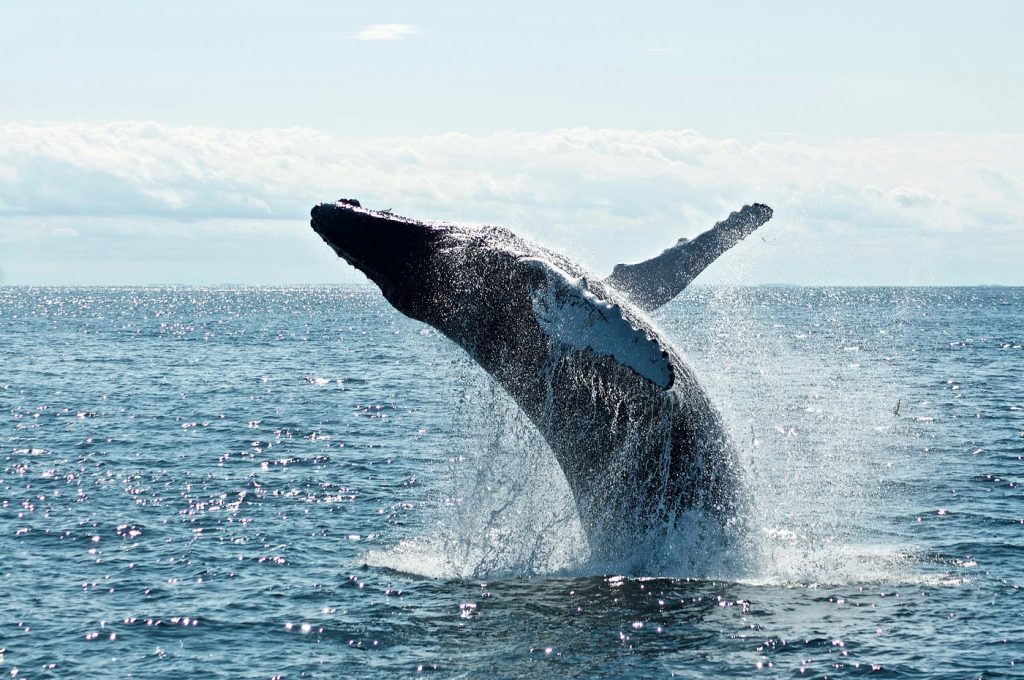As the push for renewable energy sources intensifies, offshore wind development has emerged as a promising solution to combat climate change. However, concerns have been raised about the potential impact of these projects on the critically endangered North Atlantic right whales. In this article, we delve into the complexities of this issue, exploring the challenges and opportunities of coexisting between right whales and offshore wind development.
Understanding the Concerns: The convergence of offshore wind developments and right whale habitats has raised significant concerns among scientists and conservationists. Four main categories of concern have been identified: the risk of ship strikes, entanglement in marine debris, alterations to copepod populations a vital food source for right whales, and exposure to noise during construction. While these concerns are valid, it’s essential to recognize that none of them have directly resulted in the death of right whales.
Dispelling Misinformation: In recent years, misinformation surrounding offshore wind development and its impact on right whales has proliferated, fueled by grassroots groups and conservative donors. While some local opposition may stem from genuine concern for the well-being of right whales, researchers have uncovered ties between these groups and larger entities with vested interests in blocking climate policy. It’s crucial to separate fact from fiction and focus on addressing the real threats facing right whales, such as entanglements and boat collisions.
The Climate Change Factor: Amidst debates about offshore wind’s impact on right whales, it’s essential to contextualize the broader issue of climate change. Rising sea temperatures and shifting ocean currents have disrupted the distribution of copepods, forcing right whales to adapt to new feeding grounds. Climate change poses a far greater threat to the survival of right whales than offshore wind development, underscoring the urgency of addressing its root causes.
Expert Perspectives: Right whale scientists acknowledge the concerns surrounding offshore wind but emphasize the importance of prioritizing climate change mitigation efforts. While some may harbor reservations about offshore wind’s impact on marine ecosystems, they recognize its potential as a crucial tool in combating climate change. By implementing protective measures, such as limiting noise during construction and scheduling work outside of peak migration seasons, offshore wind developers can minimize their impact on right whales.
Charting a Path Forward: Ensuring the safe coexistence of right whales and offshore wind development requires collaboration between scientists, regulators, and industry stakeholders. Continued research funding is essential to better understand the potential impacts of offshore wind on marine life, while regulatory frameworks must incorporate best practices to mitigate risks effectively. With careful planning and adherence to protective measures, offshore wind farms can play a vital role in reducing greenhouse gas emissions and safeguarding the future of our planet.
As the world grapples with the urgent need to transition to clean energy sources, the question of how to balance environmental conservation with renewable energy development becomes increasingly pressing. In the case of right whales and offshore wind, proactive measures can mitigate potential risks and pave the way for a sustainable future. By prioritizing scientific research, regulatory oversight, and stakeholder collaboration, we can navigate the waters of renewable energy expansion while safeguarding the precious ecosystems that support life on Earth.
